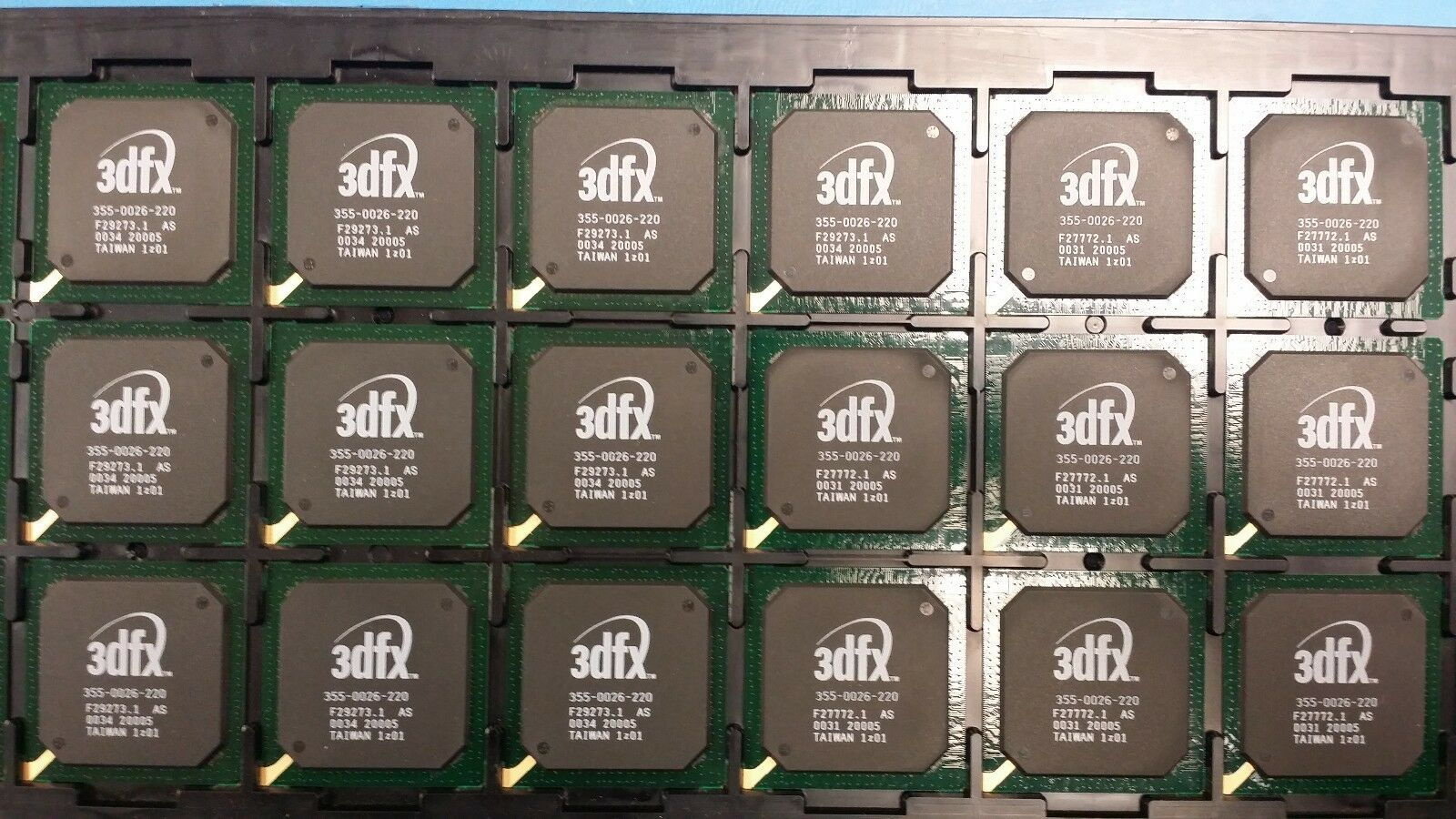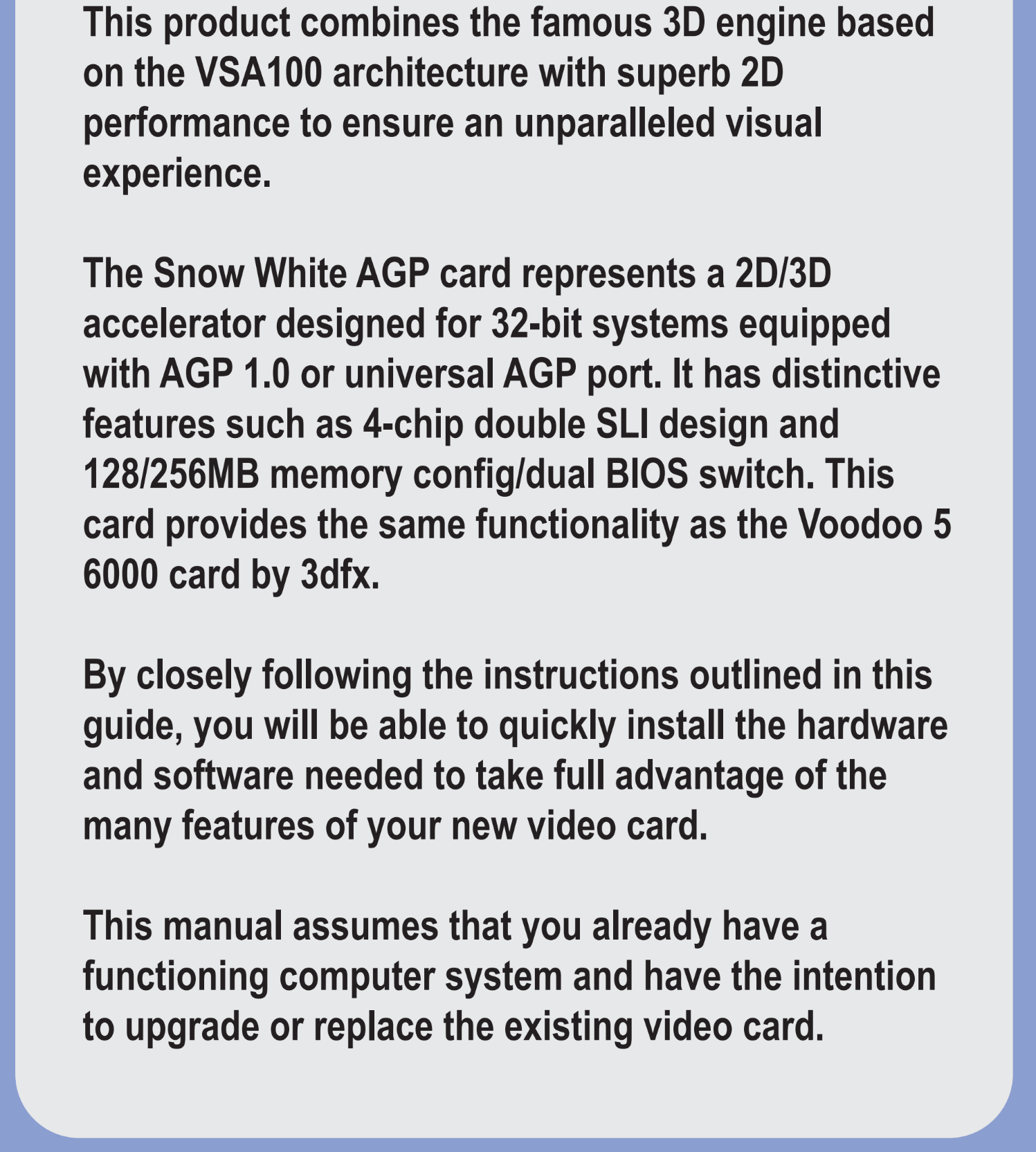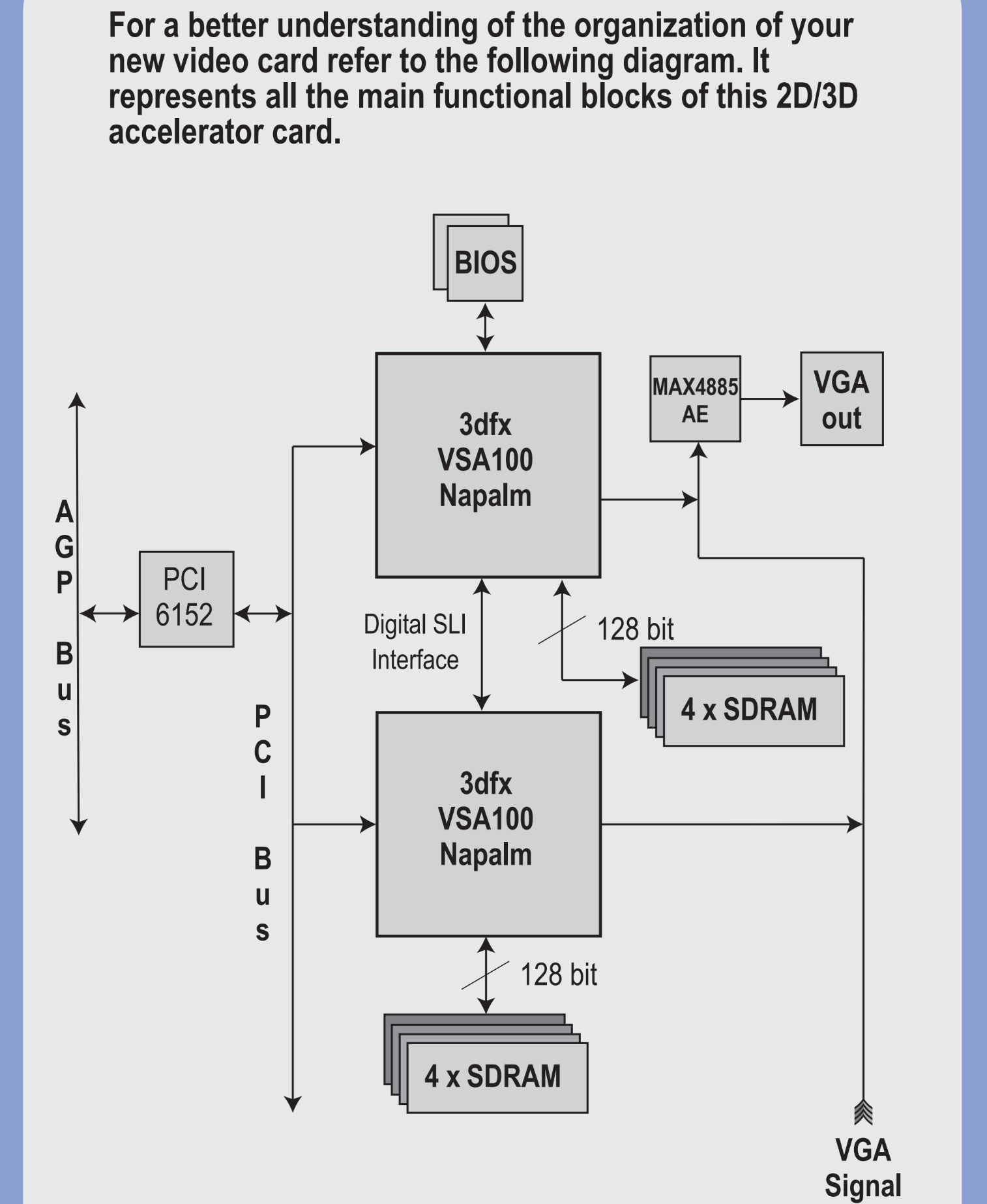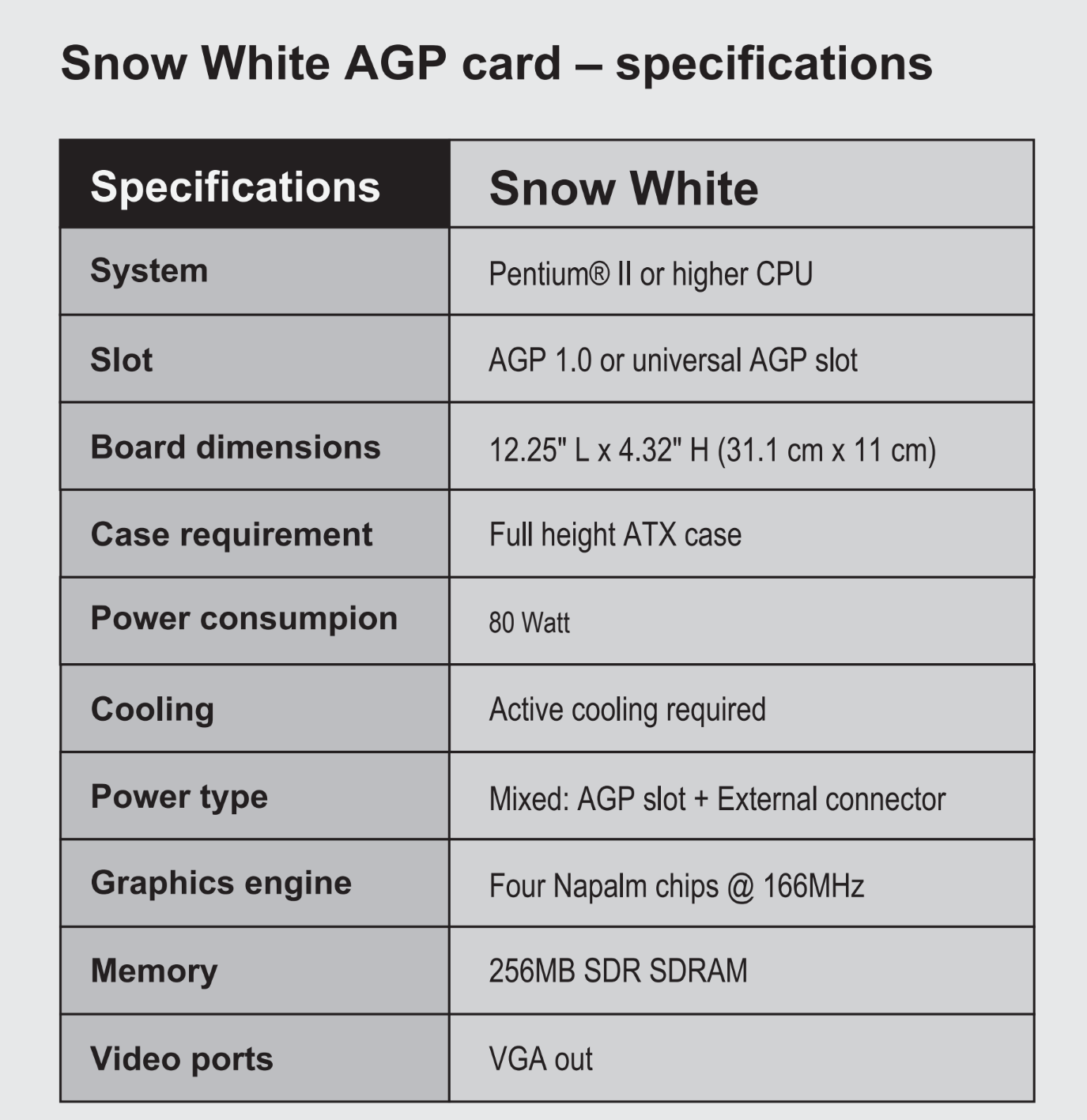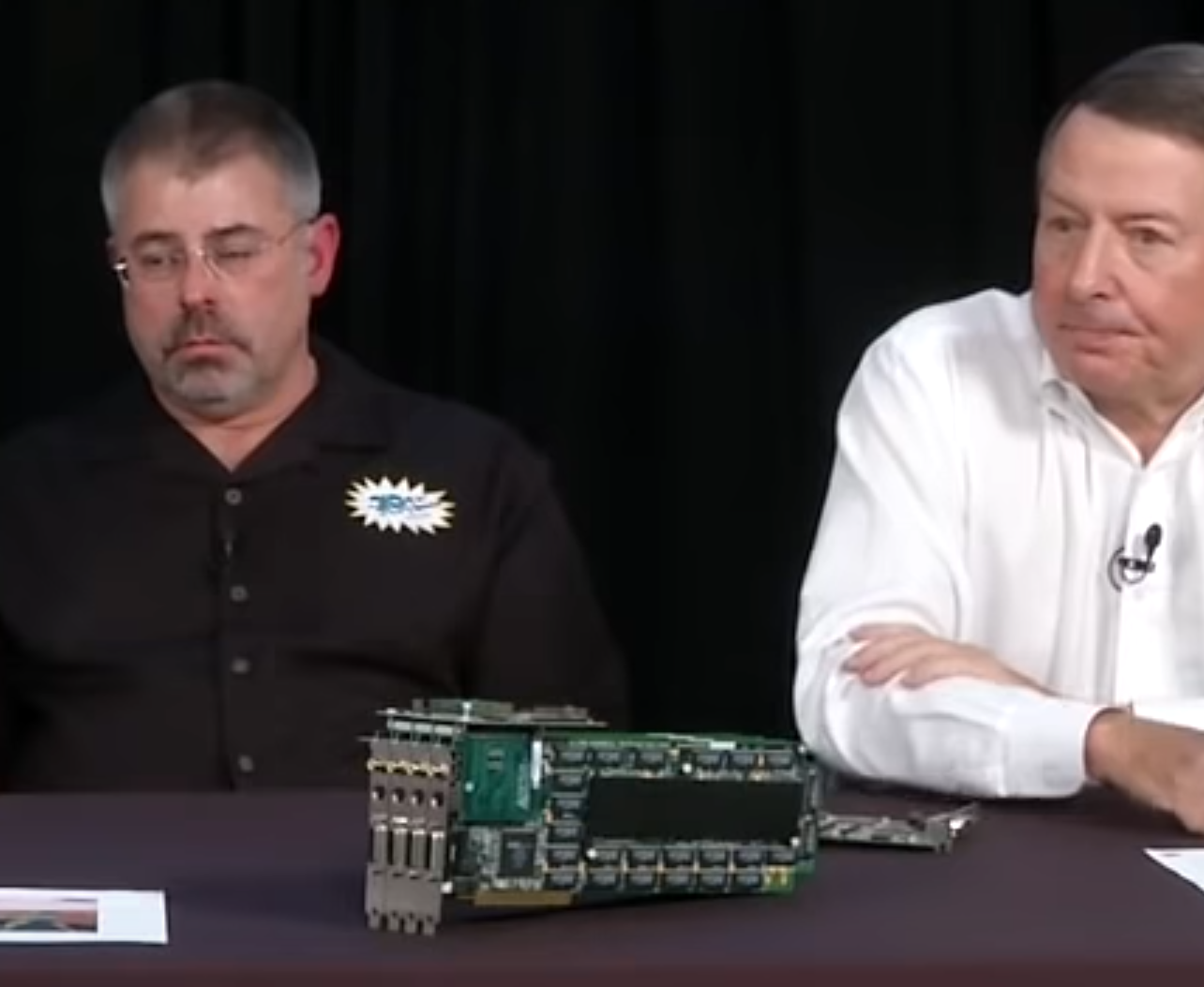erek
[H]F Junkie
- Joined
- Dec 19, 2005
- Messages
- 10,875
Russian creator Anthony Zxclxiv has now built several clones of the 3dfx Voodoo5 6000,
Most recently the "Snow White" Limited Edition:

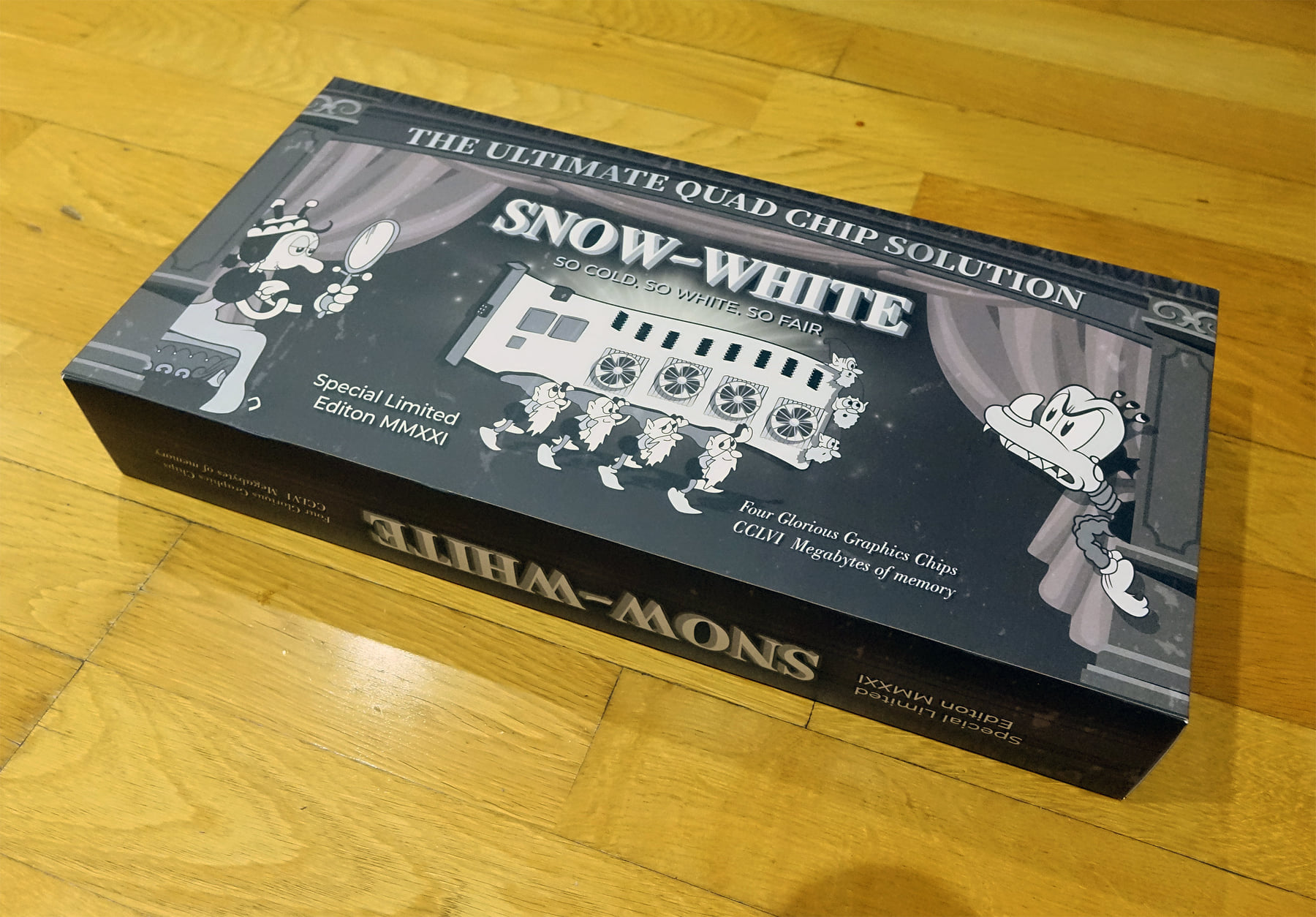
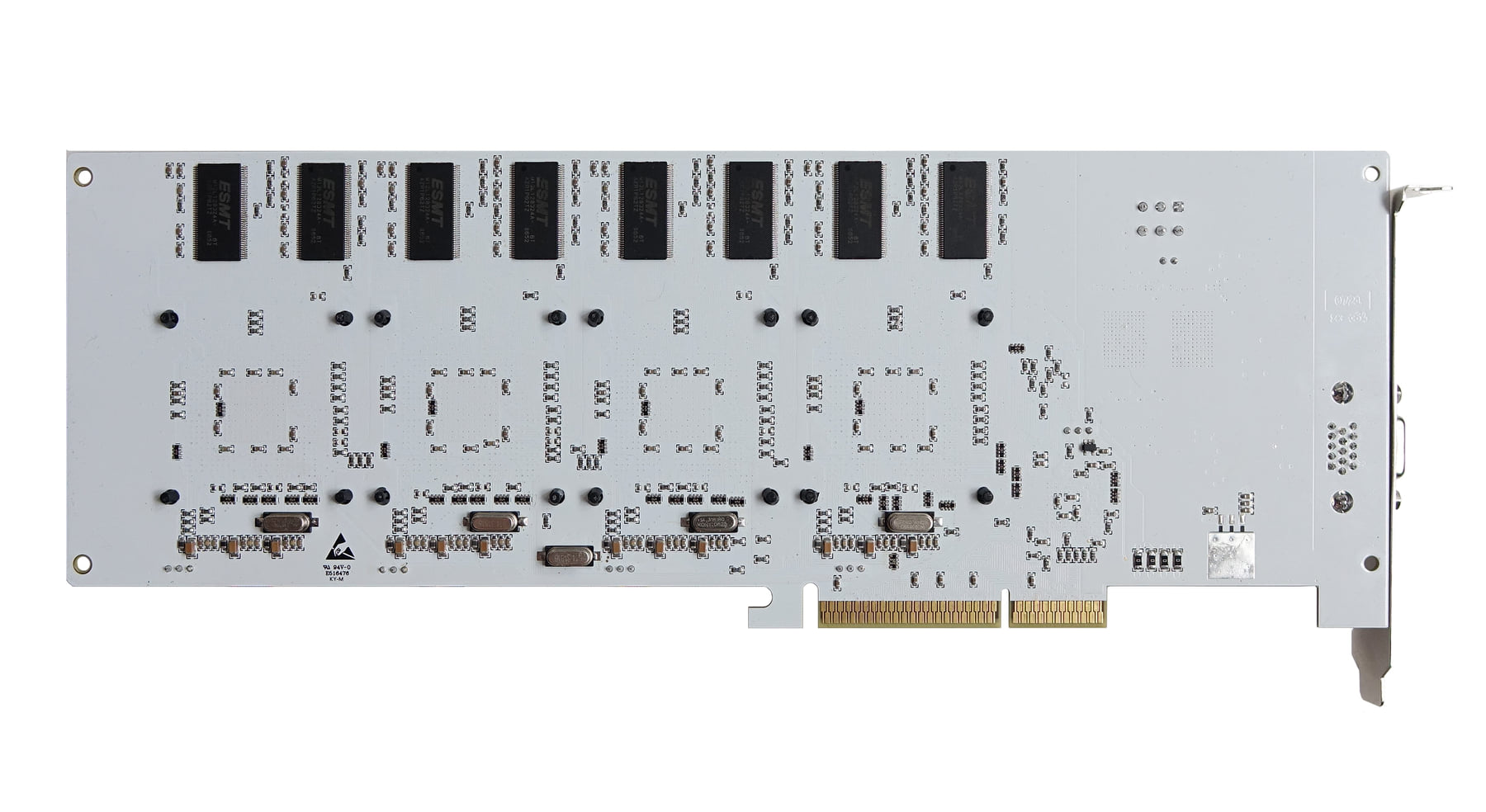
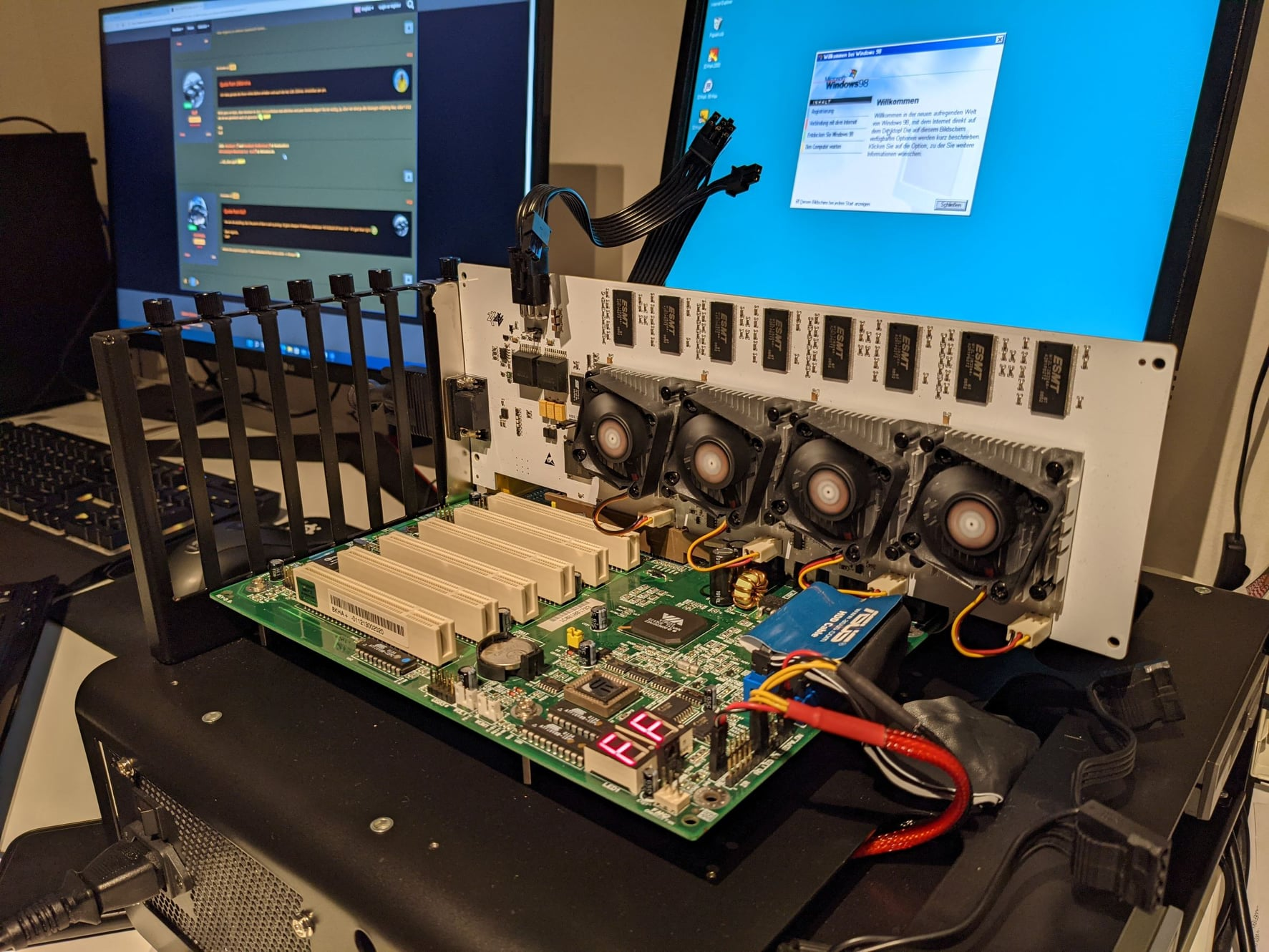
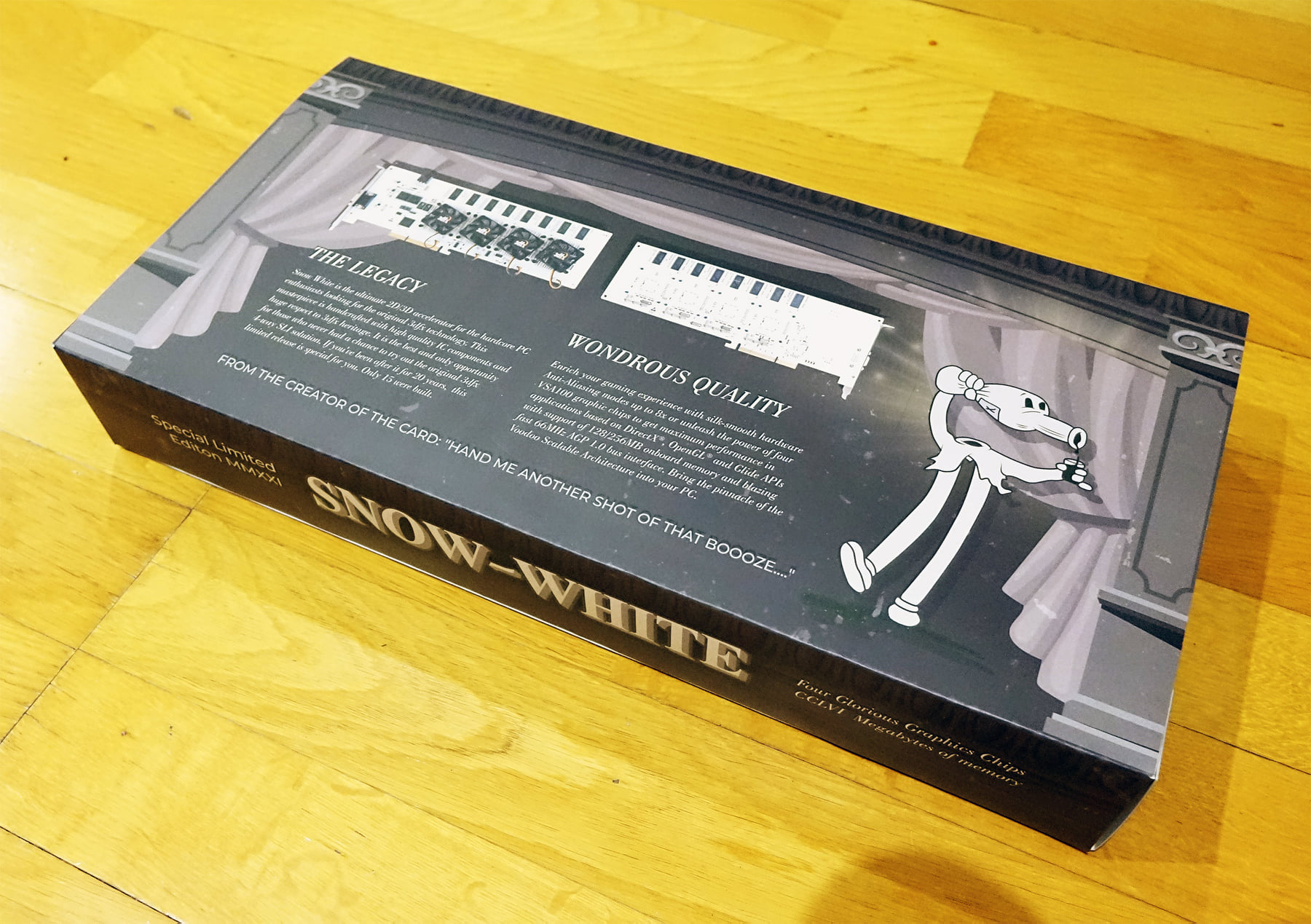

https://www.modlabs.net/articles/return-of-the-king-zx-c64-voodoo-5-6000-review/p/2
Most recently the "Snow White" Limited Edition:






https://www.modlabs.net/articles/return-of-the-king-zx-c64-voodoo-5-6000-review/p/2
![[H]ard|Forum](/styles/hardforum/xenforo/logo_dark.png)
